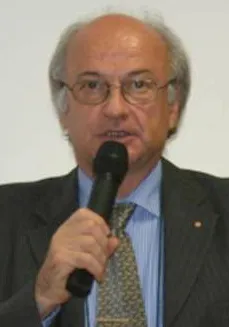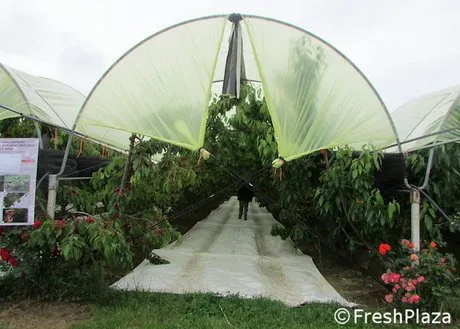 The final conference part of the European Cost project on cherries (www.bordeaux.inra.fr/cherry/index.html), will take place in Naoussa (Greece) from 4th to 8th April 2016. Prof. Guglielmo Costa from the University of Bologna will attend to talk about the cherry situation in Europe and the employment of films to control fruit cracking.
The final conference part of the European Cost project on cherries (www.bordeaux.inra.fr/cherry/index.html), will take place in Naoussa (Greece) from 4th to 8th April 2016. Prof. Guglielmo Costa from the University of Bologna will attend to talk about the cherry situation in Europe and the employment of films to control fruit cracking.The global cherry production has reached 2.3 million tons, distributed mainly in Asia (43%), Europe (37%) and America (18%). It must be stressed that 10 producer countries supply over 70% of the global production.
For what concerns Italy, cherries are manly cultivated in Apulia (18,500 hectares), Campania (3,193 ha), Emilia Romagna (2,247 ha) and Veneto (2,203 ha). Over the years, techniques have changed also thanks to new cultivars, which enabled growers to overcome 1) cherry size problems, which posed many limitations both for orchard management and harvesting operations and 2) incompatibility problems. Despite this, cracking still remains an issue as well as the arrival of Drosophila suzukii.
These problems as well as the current weather changes are making it necessary to cover cherry orchards. The Tree crop Department started addressing the issue in the early 1990s with anti-rain nets to counter cracking. Research has improved since then, as films are no-longer disposable and have multiple functions.
There are innovative plastic films that are heat protective or can let only certain wavelengths through. This way, not only do they prevent cracking, but they can control ripening, improve the organoleptic quality of fruit and hinder the development of diseases.

In addition, thanks also to new growing techniques and transplanting systems, they no longer pose a problem for mechanisation. Innovative films are currently being developed as well as simplified opening/closing systems.
Contacts:
Prof. Guglielmo Costa
Department of Agricultural Sciences
ALMA MATER STUDIORUM – University of Bologna
Tel.: (+39) 051 096443
Email: guglielmo.costa@unibo.it
